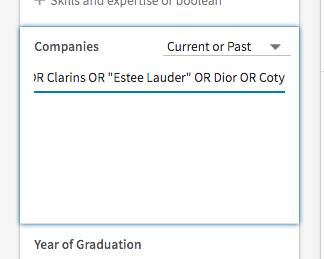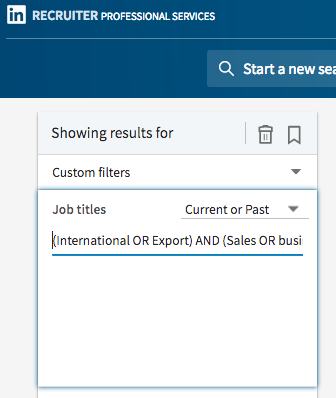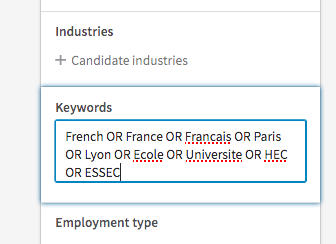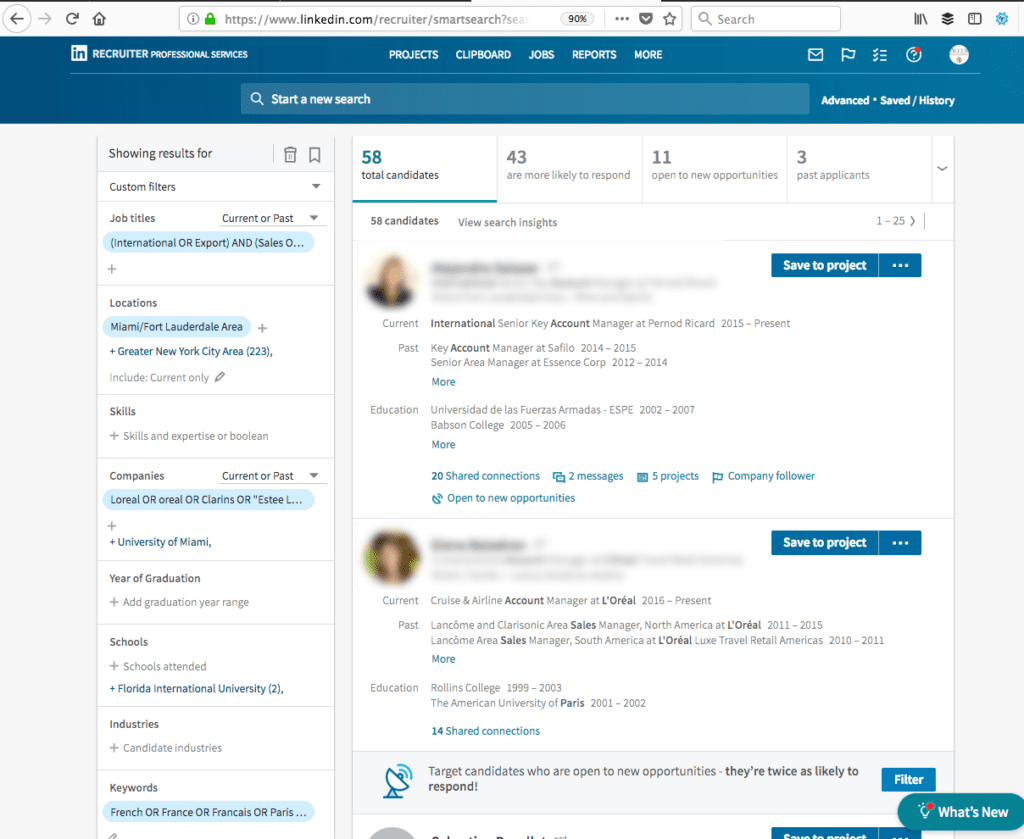Using LinkedIn to Find Better Candidates: Boolean Searches
With 500 million users, LinkedIn is no doubt the go-to source for talent and it’s a key resource in any recruiter’s toolkit. But too many people don’t know how to use the powerful tools contained within LinkedIn.
First, a little clarification on the levels LinkedIn you can subscribe to. All of us are familiar with the free version, which lets you do quite a few things.
The problem for most people with the free version of LinkedIn is the limits it imposes, of course. You’re limited in the number of search results you can see, and also in the amount of inMail you can send (direct contact with the prospects or candidates you want to contact).
Enter Recruiter Lite: this version of LinkedIn has some powerful tools that can quickly connect you with the people you most want to reach.
In this article, we’d like to focus on using search to your advantage, especially something called a boolean search.
What is a boolean search?
Some of us might have to think back to school and being taught techniques about library research to retrieve a fuzzy memory of what a ‘boolean search’ is.
A boolean search is simply a type of search that allows you to combine keywords with operators and modifiers like and or or. Boolean search introduces variables that allow you to be much more specific about what you are looking for.
On LinkedIn, boolean search is an essential technique to find the best and most qualified candidates for a particular position.

Let’s look at it in action.
Let’s say we are looking for an Area Manager for an international beauty company’s office in Miami.
We make a list of our requirements for the perfect candidate:
- International sales experience
- Located in Miami
- In the correct industry (in this case beauty)
We like to think of technology as being pretty infallible, but the problem is, the people who use technology are sometimes fallible. Meaning, the perfect candidate for your job may have neglected to include certain key details that might help you see their qualifications clearly. Are you willing to miss out on this perfect candidate because of a small detail?

With boolean search you don’t have to worry about missing key people. We might begin our search by searching several terms that establish a candidate’s connection to international sales.
Employees of beauty companies may also identify their line of work as “cosmetics” or even “luxury goods.” By including those terms as variables, we end up with a much more qualified candidate pool.
To be even more specific, let’s say you’d like someone who is also fluent in French. The obstacle on LinkedIn is that many candidates fail to fill out this section of their profile, seeing as it is pretty far down on the list of things to attend to. Perhaps your perfect candidate is too busy selling to focus on the granular details of his or her LinkedIn profile. What to do?

To introduce some key variables into our boolean search query on language, we might add the following: France, francais, names of all good French universities, names of all the main French cities (going on the logic that if someone has written Toulouse in their profile they probably speak French).
These tactics have consistently helped us to winnow down highly qualified lists of candidates.

Do you use boolean search on LinkedIn? How has it been successful for you?
Stay tuned, this is just the first in a series on how to use LinkedIn to help you find more qualified candidates.



Yes LinkedIn but also, many professional recruiters use Boolean search in Google to help them find the best candidates for open positions (me included). Moreover, Boolean search can be used to find candidates with specific skills or experience, and it can also be used to eliminate candidates who don’t meet the minimum requirements for a position.